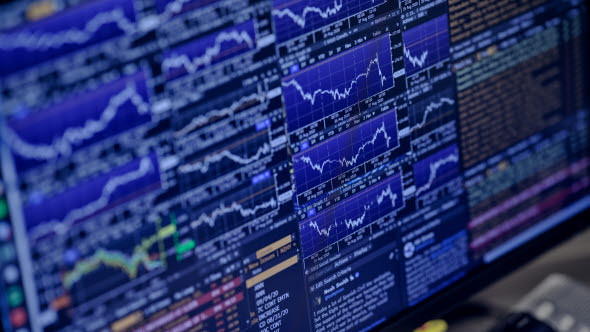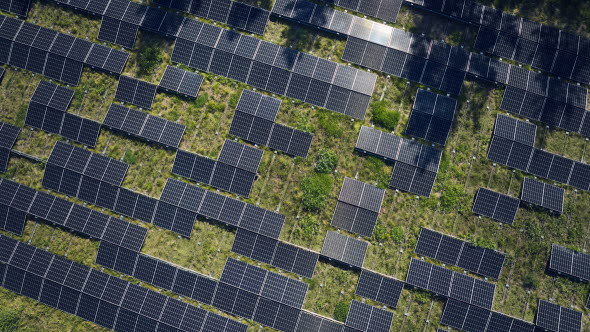Sustainable Finance Outlook Webinar
Lead Scientist and Senior Advisor Gregor Vulturius hosts a discussion with Thomas Thygesen, Head of Strategy Equity Research, Samantha Arpas, Sustainable Finance Specialist, Gaurav Visvanathan, Head of Market Applications Storage EU at Siemens Energy, and Constantin Boy, Investment Associate at Statera Energy, on charging the transition with battery energy storage systems.









